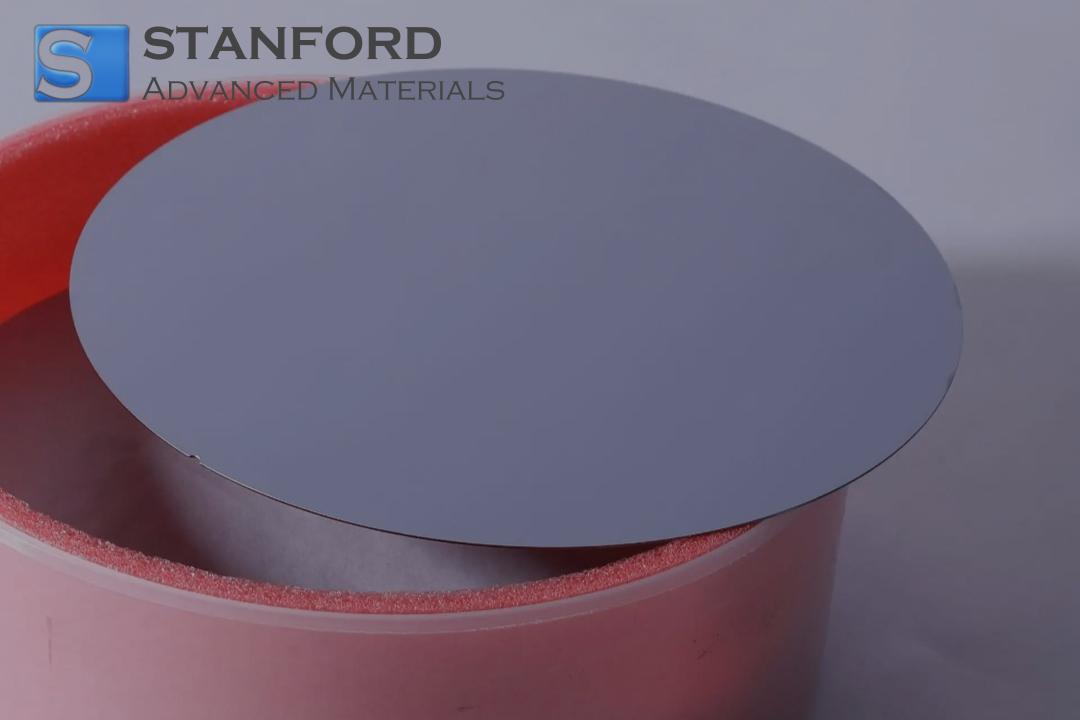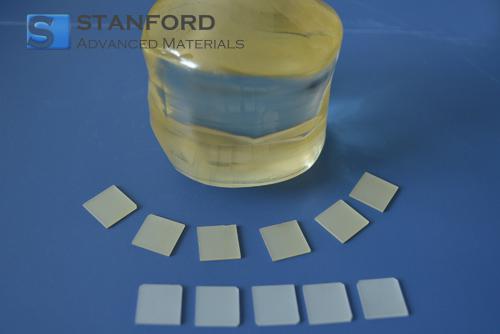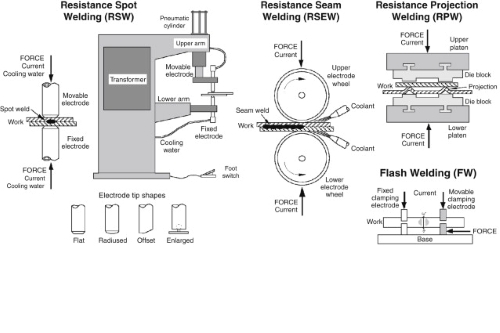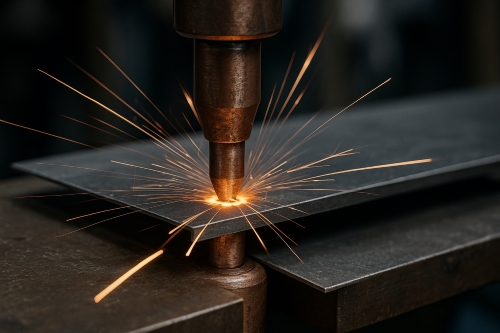The List of Materials for Infrared Applications
Introduction
Infrared applications have grown in importance over many years. Engineers and scientists often require materials that perform effectively under infrared light. This article examines several classes of materials, each with its own strengths.
Fluoride Crystals (Calcium Fluoride, Barium Fluoride, Magnesium Fluoride)
Fluoride crystals such as calcium fluoride, barium fluoride, and magnesium fluoride are utilised in many optical systems. Their key property is high transparency in the infrared region. In many instances, these crystals are preferred for lenses and windows in high-power laser systems. For example, calcium fluoride operates effectively in the near infrared range from 0.15 to 8 microns. Barium fluoride can cover a range up to 12 microns. Magnesium fluoride is known for its durability and ease of coating surfaces. These features make fluoride crystals popular in fields such as space optics and advanced spectroscopy.
Chalcogenide Materials (Zinc Selenide, Zinc Sulfide, Germanium)
Chalcogenide materials such as zinc selenide, zinc sulfide, and germanium provide excellent transmission in the mid to far infrared regions. Germanium, for instance, is used in thermal imaging due to its effective transmission between 2 and 14 microns. Zinc sulfide and zinc selenide are common in infrared windows and domes for missile guidance systems or thermal cameras. Their non-linear optical properties also facilitate laser frequency conversion. Each of these materials has a high refractive index and a specific transmission band that fits certain infrared applications well.
Oxide Materials (Sapphire, Fused Silica, Yttrium Oxide)
Oxide materials are well known for their stability and durability. Sapphire is a preferred choice for high-stress applications where toughness is necessary. It has excellent optical clarity from the ultraviolet up to the mid infrared range. Fused silica is another common oxide, renowned for its low thermal expansion and ability to perform across a wide range of temperatures and wavelengths. Yttrium oxide is often used in high-temperature environments and demonstrates useful infrared transmission beyond 3 microns. The stability and optical quality of these oxides make them suitable for harsh environments, including aerospace applications.
Further reading: Sapphire, Ruby, and Alumina Substrates, How to Choose
Semiconductors for Infrared (Silicon, Gallium Arsenide, Indium Antimonide)
Semiconductor materials such as silicon, gallium arsenide, and indium antimonide have found specific applications in infrared technology. Silicon performs adequately in the near infrared and is widely used in camera sensors and communication devices. Gallium arsenide provides effective light conversion and can operate at high temperatures, making it common in space applications. Indium antimonide is essential for longwave infrared detectors, frequently used in thermal imaging cameras. These semiconductors deliver the right balance of electrical and optical properties to support sensitive infrared applications in many contemporary devices.
Specialty Glasses and Composites (Chalcogenide Glasses, Infrared-Grade Glass, Polymer Composites)
Specialty glasses and composites complete the list of materials used for infrared applications. Chalcogenide glasses are well suited for mid and far infrared light, featuring high refractive indices and can be moulded into complex shapes for lenses and fibres. Infrared-grade glass is specially processed to eliminate impurities that absorb infrared radiation. Such glasses are popular for high precision optical tests and laser systems. Polymer composites designed for infrared use show promise in reducing weight while maintaining optical performance. These materials are particularly useful in wearable optics and lightweight imaging devices where space and weight considerations are crucial.
Applications across Infrared Spectrum
The choice of material depends on the specific infrared range required and the environment in which the device will operate.
Fluoride crystals, with their low absorption, are favoured in ultraviolet and short-wave infrared devices. Chalcogenide materials excel in high-end medical imaging systems, particularly in key areas such as thermal sighting and quality control. Oxide materials maintain a secure position in high-stress and high-temperature environments, including industrial processing and aerospace applications. Semiconductors serve as the foundation for detectors and sensors in both consumer and specialised equipment. Finally, specialty glasses and composites provide designers with flexibility while ensuring precise performance in imaging, sensing, and communication systems.
Each material type meets strict criteria set by optical engineering practices and cost considerations. For further material list and comparison, please check Stanford Advanced Materials (SAM).
Frequently Asked Questions
F: Which material is best for thermal imaging?
Q: Indium antimonide is commonly used for longwave infrared thermal imaging.
F: Can silicon be used in all infrared ranges?
Q: Silicon operates effectively in the near infrared range but has limitations in the mid and far infrared.
F: Why is fused silica popular in harsh environments?
Q: Fused silica possesses low thermal expansion and high durability, making it ideal for demanding settings.

 Bars
Bars
 Beads & Spheres
Beads & Spheres
 Bolts & Nuts
Bolts & Nuts
 Crucibles
Crucibles
 Discs
Discs
 Fibers & Fabrics
Fibers & Fabrics
 Films
Films
 Flake
Flake
 Foams
Foams
 Foil
Foil
 Granules
Granules
 Honeycombs
Honeycombs
 Ink
Ink
 Laminate
Laminate
 Lumps
Lumps
 Meshes
Meshes
 Metallised Film
Metallised Film
 Plate
Plate
 Powders
Powders
 Rod
Rod
 Sheets
Sheets
 Single Crystals
Single Crystals
 Sputtering Target
Sputtering Target
 Tubes
Tubes
 Washer
Washer
 Wires
Wires
 Converters & Calculators
Converters & Calculators
 Write for Us
Write for Us


 Chin Trento
Chin Trento



